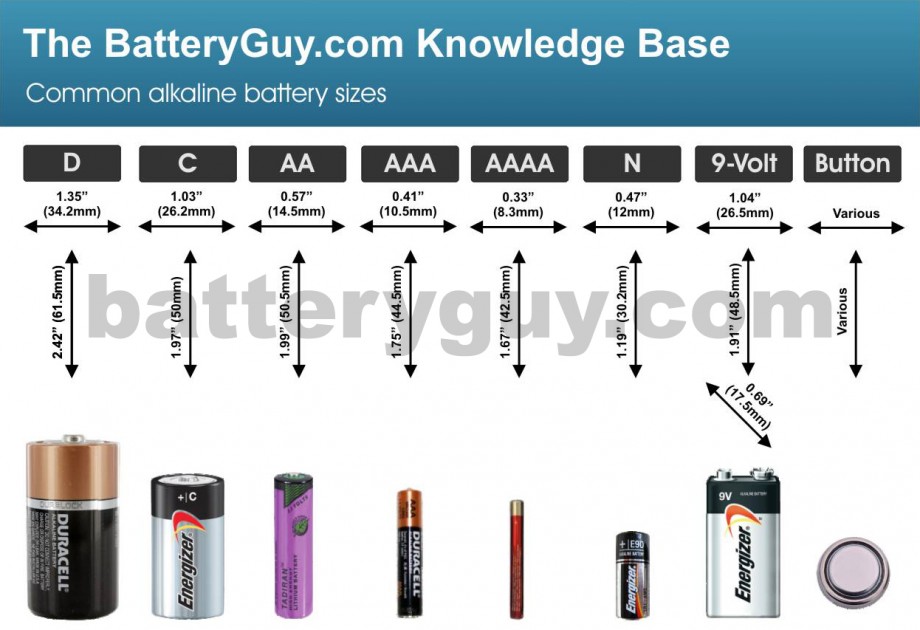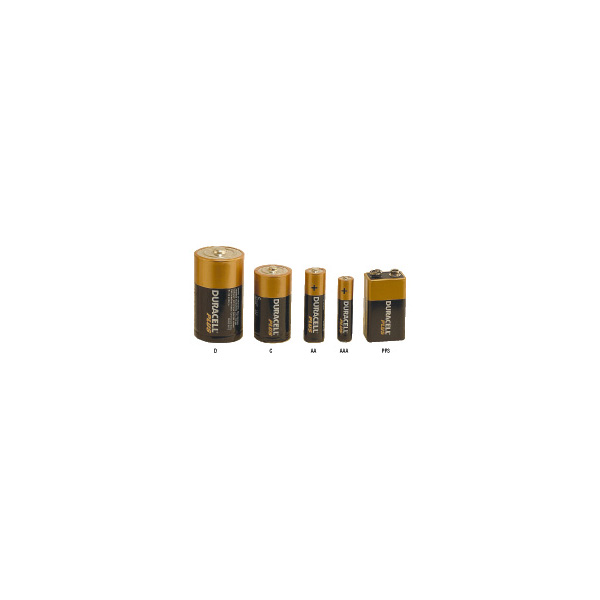AA and AAA batteries are the most commonly used household batteries. They power everything from remote controls to toys and flashlights. These batteries are available in different sizes, types, and capacities. In this article, we will discuss battery sizes AA AAA and their usage.
What is an AA Battery?

AA batteries are cylindrical in shape and are 50.5mm long with a diameter of 14.5mm. They are also known as Double A batteries. These batteries have a voltage of 1.5 volts and are available in different capacities ranging from 600mAh to 3000mAh.
What is an AAA Battery?

AAA batteries are also cylindrical in shape and are smaller than AA batteries. They are 44.5mm long with a diameter of 10.5mm. They are also known as Triple A batteries. These batteries have a voltage of 1.5 volts and are available in different capacities ranging from 300mAh to 1200mAh.
What is the Difference Between AA and AAA Batteries?

The main difference between AA and AAA batteries is their size. AA batteries are larger and have a higher capacity than AAA batteries. AA batteries are used in devices that require more power, while AAA batteries are used in devices that require less power.
What are the Types of AA and AAA Batteries?

There are different types of AA and AAA batteries available in the market. The most common types are Alkaline, Lithium, and NiMH (Nickel-metal Hydride).
Alkaline Batteries

Alkaline batteries are the most commonly used batteries. They are affordable and readily available. These batteries are suitable for low-drain devices such as remote controls and wall clocks.
Lithium Batteries

Lithium batteries have a longer lifespan than alkaline batteries. They are more expensive but are suitable for high-drain devices such as digital cameras and handheld gaming consoles.
NiMH Batteries

NiMH batteries are rechargeable and have a longer lifespan than alkaline batteries. They are suitable for devices that require frequent battery changes such as toys and flashlights.
What are the Applications of AA and AAA Batteries?

AA and AAA batteries are used in a wide range of devices. Some of the most common applications of AA and AAA batteries are:
- Remote controls
- Toys and games
- Flashlights
- Portable radios
- Wall clocks
- Smoke detectors
- Digital cameras
- Handheld gaming consoles
- Wireless keyboards and mice
How to Choose the Right Battery for Your Device?

Choosing the right battery for your device is essential to ensure optimal performance. Here are some tips to help you choose the right battery:
- Check the device manual to see what type of battery is recommended.
- Consider the device's power requirements and choose a battery with the appropriate capacity.
- If you are using a high-drain device, consider using lithium batteries or rechargeable NiMH batteries.
- Always use batteries from reputable brands to ensure quality and safety.
How to Dispose of AA and AAA Batteries?

AA and AAA batteries contain hazardous materials such as lead, cadmium, and mercury. It is important to dispose of them properly to prevent environmental contamination. Here are some tips on how to dispose of AA and AAA batteries:
- Do not dispose of batteries in the trash or burn them.
- Take the batteries to a recycling center or a local household hazardous waste collection point.
- Some retailers offer battery recycling programs, so check with your local retailer.
Conclusion
AA and AAA batteries are essential household items that power a wide range of devices. Understanding the different types, capacities, and applications of these batteries can help you choose the right battery for your device and ensure optimal performance. Remember to dispose of batteries properly to prevent environmental contamination.